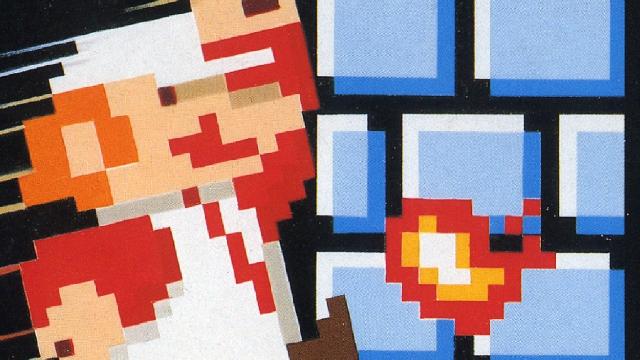Without thinking too hard about it, what’s the maximum number of coins you can knock out of multi-coin blocks in the original Super Mario Bros.? Did you say 10? Well, you’re wrong, but it’s not your fault. You just haven’t done a deep dive into the almost 37-year-old game’s code like a complete weirdo.
We know now that the Super Mario Bros. blocks have a time limit rather than a coin limit, allowing players to repeatedly slam Mario’s head into their undersides in the space of a few seconds to grab as many coins as possible. But this wasn’t always common knowledge. Button-mashing below these blocks generally rewards 10 coins, after all, and even official strategy guides of the era referred to them as 10-coin blocks.
Kosmic, a high-level Super Mario Bros. player who currently hold a top-10 time in the classic Nintendo game’s most popular speedrunning category, recently shared a fascinating video all about coin blocks. It’s apparently possible to get as many as 16 coins from these blocks, but of course, such a feat requires both intricate knowledge of the game’s programming and several frame-perfect inputs.
If you’re at all familiar with Super Mario Bros. speedrunning, it’s likely you’ve heard of the “frame rule,” a ubiquitous mathematical constant in the game’s code that also affects coin blocks.
A frame rule is a repeating 21-frame cycle that Super Mario Bros. uses to dictate various aspects of the game. Level transitions, for example, don’t occur until the frame rule counter has rolled over six times, but the current frame rule when a stage is completed doesn’t have to pass completely to be counted. It can be anywhere from its first frame to its twenty-first frame, which means level transitions range from 106 frames (around 1.8 seconds) to 126 frames (around 2.1 seconds).
For more on frame rules and how they affect Super Mario Bros. world records, be sure to check out the below video by Bismuth, another speedrunner. He’s much smarter than I am.
Coin blocks, as Kosmic explains, can only be hit during the 11 ticks of the frame rule counter immediately following Mario’s first interaction with said block. Optimising the coins you can squeeze out of the block, therefore, follows the opposite principle as shaving off time between level transitions. Instead of trying to complete a stage at the end of a frame rule to save frames, you want to hit the coin block at the beginning of a frame rule to give Mario more time for jumping.
Kosmic calculates that the maximum amount of time to hit a coin block is 230 frames (around 3.8 seconds) after the first hit. Divide that by the 16 frames Mario needs to wait for the block’s animation to play out before it can be hit again, and you get 14 hits. Add that to the one free coin you get at both the beginning and end of this whole sequence (the block remains active until you hit it one more time after its timer ends), and the result is a grand total of 16 coins.
Go ahead and take a breather if you found all that maths overwhelming. The rest of this blog will be waiting for you when you get back.
Perhaps more incredible is the fact that skilled Super Mario Bros. players can sometimes do this without a visible frame rule counter. A couple examples include Kosmic himself getting a 16-coin block in the middle of a Super Mario Bros. 35 match (rest in peace) and legendary speedrunner AndrewG doing so during a high-score run back in 2016.
Super Mario Bros. is a fascinating example of how games that seem simplistic and old hat can hide incredibly technical secrets beneath their pixelated façades. It may be the single most recognisable game in history, but three decades and countless playthroughs still haven’t laid bare all its intricacies for the common player. We’re very lucky knowledgeable folks like Kosmic are around to provide these fun, informative lessons in how Nintendo developed one of the greatest video games of all time.

Leave a Reply